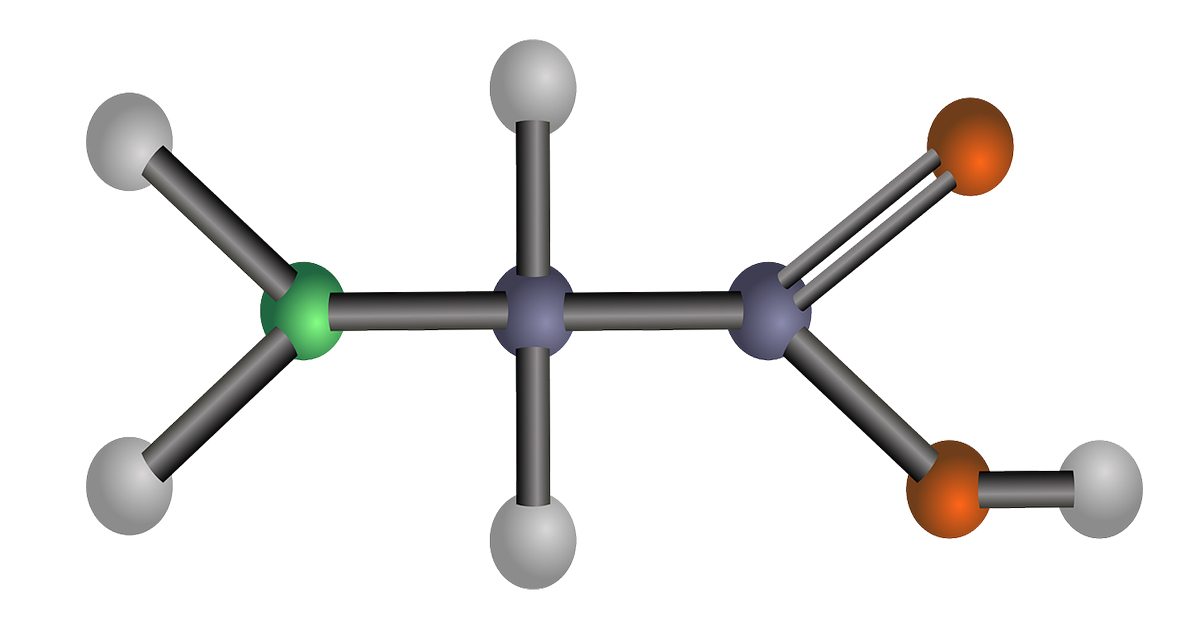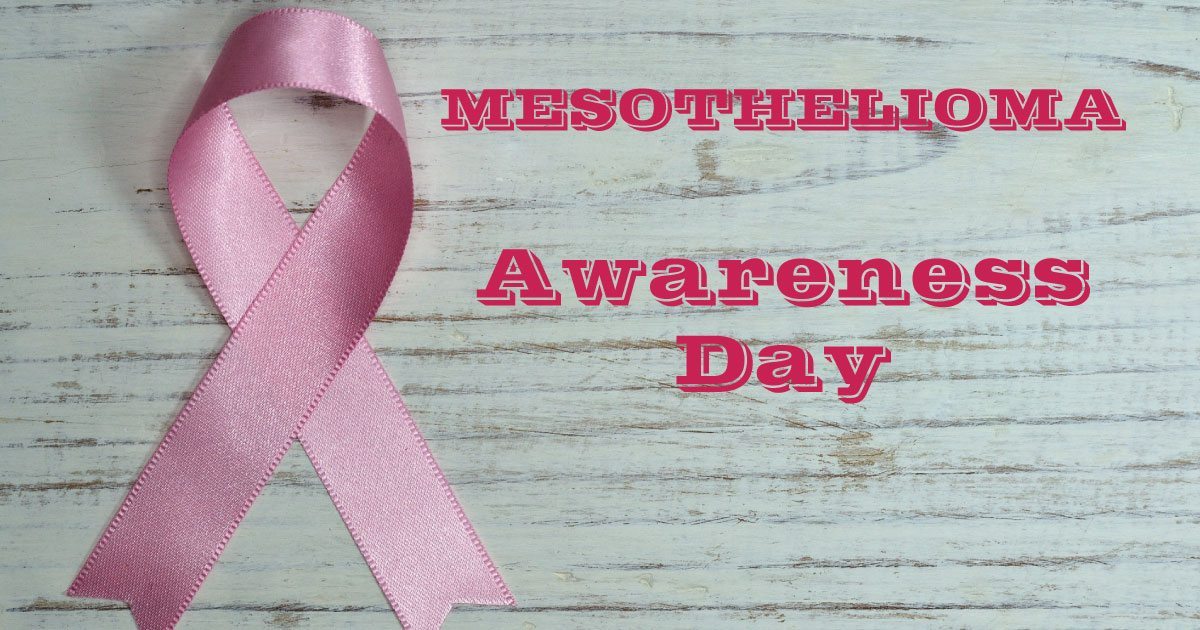Category: Cancer
Protein Linked to Tissue Inflammation Suggests New Approach To Treating Mesothelioma, University of Hawaii Researchers Say
Asbestos was used extensively at the Pearl Harbor shipyards during World War II and the decades afterward. Today, Hawaii has some of the highest rates of mesothelioma in the nation, according to cancer researchers at the University of Hawaii.
For more than a decade, researchers at the University of Hawaii Cancer Center have been deciphering the molecular processes that cause normal cells to tranform into malignant mesothelioma cells. In a study in the July issue of the scientific journal Cancer Research, they report that malignant mesothelioma relies on a particular protein known as HMGB1 to fuel the growth of tumors. Suppressing the protein may be key to a new approach for treating mesothelioma, which is notoriously difficult for doctors to manage.
Mesothelioma is a cancer of the lining of the chest and abdominal cavities. It develops from inhaling microscopic asbestos fibers that lodge in the thin tissue lining the body cavity causing inflammation that leads to cancer. People in jobs in which asbestos exposure is an occupational hazard such as mining, shipbuilding, maintenance, plumbing and electrical work have a higher incidence of asbestos-related disease.
Medical researcher Haining Yang, an assistant professor at the University of Hawaii, and colleagues have studied asbestos-related disease for more than a decade. In a series of research papers, the Hawaii cancer researchers have detailed how asbestos damages and kills cells through a process called programmed cell necrosis that leads to the release of a protein molecule called HMGB1.
Patients with mesothelioma have elevated levels of the protein in their blood. The researchers suggest the protein may play a critical role in transforming healthy mesothelial cells into cancer cells and fueling the growth of malignant tumors.
In the most recently published study, the researchers treated mice with malignant mesothelioma with antibodies aimed at suppressing the protein HMGB1. They observed that inhibiting HMGB1 reduced the growth of cancer cells and extended the lives of the mice. Their findings suggest that mesothelioma cells rely on HMGB1 and that removal of the protein may produce a therapeutic response in mesothelioma patients, suggesting a new approach for malignant mesothelioma treatment.
Mesothelioma takes the lives of about 3,000 people a year in the U.S. People typically develop mesothelioma symptoms 20 years to 50 years after exposure to asbestos. The incidence of mesothelioma has risen steadily in the last decade in some parts of the world, including Europe and China.

Work at Shipyards Raises Risk of Mesothelioma
For decades, medical social worker Abby Shulman Palmer was perplexed by what caused the death of her father, a physicist who worked for many years at the Brooklyn Navy Yard. Lester Shulman died of cancer in 1985 at age 69, but doctors never pinpointed where the cancer originated.
After Palmer took a job with the Mesothelioma Alliance as a social worker advocate providing information to mesothelioma patients about treatments and clinical trials, she educated herself about asbestos and gained new insights into her father’s illness.
Palmer, a native of Rockaway and graduate of Rutgers University, learned that the Brooklyn Navy Yard was a hotspot for asbestos exposure during World War II and afterward. Asbestos was widely used by the military in construction of ships because it was heat resistant, tough and inexpensive.
During World War II, Lester Shulman worked on a team that was developing degaussing procedures for U.S military ships to protect them from mines in the water. Degaussing is the process of eliminating unwanted magnetic fields. Asbestos dust was everywhere at Brooklyn Navy Yard, creating an occupational hazard to all workers. Shulman would have been regularly exposed to asbestos.
Inhaling asbestos causes serious respiratory disease including lung cancer and mesothelioma, an aggressive cancer of the lining of the lung. Navy veterans and workers in shipyards have an elevated risk of developing mesothelioma because of the prevalence of asbestos, though disease symptoms take decades to show.
“When my dad died, all we knew was it was cancer, and that it had spread, but the doctors never figured out the primary site,” said Palmer, who is profiled in June issue of the Rutgers alumni magazine. “When I talked with my mother and sister about the possibility that it might be mesothelioma, they said, ‘Wow, that certainly is a possibility.’”
Approximately 2,500 to 3,000 people are diagnosed with mesothelioma each year in the United States. Most are older workers, retired workers and veterans (primarily Navy veterans and yardbirds) who were exposed to asbestos in a workplace.
The symptoms of asbestos disease such as chest pain, fatigue and difficulty breathing typically take 20 years to 50 years to appear. But once the disease appears, it advances aggressively. Mesothelioma is incurable, but there are treatments to control the disease if it is diagnosed at an early stage.
British Study Finds Many Workplace Cancer Cases Involve Asbestos Exposure
About 13,600 new cases of cancer and 8,000 cancer deaths in Great Britain each year are linked to workplace exposures, particularly jobs involving exposure to asbestos or diesel engine fumes, a new study shows.
The study, funded by the British Health and Safety Executive, a government work safety agency, found that nearly half of the cancer deaths were among male construction workers who are most likely to encounter asbestos, a known carcinogen and other carcinogens such as silica and diesel exhaust. Breathing asbestos is associated with serious respiratory diseases including lung cancer, malignant mesothelioma, a cancer of the lining of the lung, and asbestosis, a chronic scarring of the lung.
The study, published in the British Journal of Cancer, indicated that four in 10 work-related cancer cases and nearly half the occupation-related deaths in Britain involved construction workers. Around 70 percent of the occupation-related deaths in construction workers were linked to asbestos.
Even though asbestos is no long used in new construction, remodeling and maintenance on older buildings containing asbestos materials can put workers at risk of exposure to the asbestos fibers.
“This study gives us a clear insight into how the jobs people do affect their risk of cancer,” Dr. Lesley Rushton, an occupational epidemiologist at Imperial College London said in British Journal of Cancer press release. “We hope these findings will help develop ways of reducing health risks caused by exposure to carcinogens in the workplace.”
The researchers cautioned that the estimates of cancer cases and deaths related to occupational exposure are conservative and could be high as new work-related risk facts are identified.
Asbestos remains the most important occupational risk factor.
Dame Helena Shovelton, chief executive of the British Lung Foundation, a non-profit group, said in a BBC news report that asbestos-related diseases kill more people in Great Britain than traffic accidents and the number of deaths is projected to continue increasing in Britain until 2016.
Millions of houses and building were built in Britain and the United States during the decades when asbestos was a widely used building from World War II to about 1980. As long as people are living or working in the buildings, they are at risk of exposure to asbestos if the material is disturbed.
When inhaled, microscopic asbestos fibers typically lodge in the lungs, causing inflammation that can eventually lead to malignancy. Symptoms of mesothelioma and other asbestos diseases typically take 20 years to 40 years to appear. People recently diagnosed with mesothelioma may have been exposed to asbestos in the 1960s or 1970s.
Approximately, 3,000 people are diagnosed with malignant mesothelioma each year in the United States. Most are older workers, retired workers and veterans who were exposed to asbestos in a workplace such as a factory, shipyard or construction site. Construction workers and demolition workers are among the occupations most at risk today of asbestos exposure.

Research Focuses on Treatments That Target Mesothelioma Tumors
For 15 years, Dr. Raffit Hassan, a clinical oncologist at the National Cancer Institute, has been researching the protein mesothelin and its use in the treatment of mesothelioma. Mesothelioma is a cancer of the lining of the chest cavity and abdomen associated with exposure to asbestos.
A protein, mesothelin is present in normal tissue. But certain types of malignant tumors including mesothelioma express high levels of the mesothelin, making it a useful target for tumor-specific drugs. The ultimate goal of the National Cancer Institute is to develop new treatments for mesothelioma and other forms of cancer.
“Mesothelioma is not a very common disease, but it’s a tumor for which we really need to develop a good treatment,” Dr. Hassan said during a recent teleconference sponsored by the Meso Foundation, which provides information, research funding and advocacy for mesothelioma victims.
The first drug targeting mesothelin that Hassan has studied in clinical trials involving mesothelioma patients was Amatuximab, an experimental drug developed by Morphotek, a Pennsylvania company that develops cancer treatments. The treatment is an immunotoxin,a human-made protein that is designed to bind to cancer tumor cells, then inject toxins to kill them.
“I have been working on the same project for 10 years,” Dr. Hassan said. “I think we are starting to see some good results.”
The drug has been through phase I and II clinical trials and the results will be presented this summer. It has not yet been approved by the Food and Drug Administration.
The researchers are evaluating whether the drug when combined with chemotherapy drugs is more effective at controlling mesothelioma.
“The results show the drug is safe and there is activity,” Hassan said. “To be really sure the drug benefits patients we’ll need to do a randomized clinical trial. That will be the next step.”
Approximately 3,000 people are diagnosed with malignant mesothelioma each year. Most are older workers, retired workers and veterans were exposed to asbestos dust in the workplace or during military service. Symptoms of mesothelioma typically take 20 to 40 years to appear. But the cancer is aggressive and more effective treatments are needed to control the disease and extend the lives of mesothelioma patients.
For more information about mesothelioma, click here.

Virginia Joins States Observing Annual Mesothelioma Awareness Day
The state of Virginia has become the 11th state to pass legislation permanently proclaiming Sept. 26 as mesothelioma awareness day. The day recognizes the many victims of mesothelioma, a form of cancer caused by exposure to asbestos.
Virginia Gov. Bob McDonnell recently signed the proclamation at a ceremony attended by Robena Reid, an advocate for mesothelioma victims who lost her mother to the disease, state delegate Mark Sickles who introduced the proclamation and supporters of the American Cancer Society and Virginia Breast Cancer Foundation.
Adopted unanimously by the Virginia House and Senate, Mesothelioma Awareness Day is designed to improve public understanding of the once rare form of cancer and the dangers of chronic asbestos exposure. When microscopic asbestos fibers are inhaled, they may lodge in the lung, producing inflammation and eventually disease. Mesothelioma produces tumors in the lining of the chest cavity and abdominal cavity.
“We are grateful to the Virginia Legislature for bringing much-needed attention to this often neglected cancer, and we hope this will prompt Virginians, as well as others, to learn more about this dangerous disease,” said Kathy Wiedemer, executive director of the Meso Foundation, a non-profit group that provides information and advocacy on behalf of mesothelioma victims and families.
Approximately, 2,500 to 3,000 cases of mesothelioma are diagnosed each year in the United States. Most sufferers are older workers, retired workers and veterans who were exposed to asbestos fibers in a workplace or during military service.
Asbestos building materials such as tile, insulation and flooring remain in many older houses and buildings. Ripping out the materials during remodeling or renovation projects can release asbestos fibers into the air, allowing them to be inhaled.
Frequently, the symptoms of mesothelioma are diagnosed only after the cancer has reached an advanced stage. Treatments for mesothelioma include radiation, chemotherapy and surgery, but the disease is often difficult to control.
Free Mesothelioma Patient & Treatment Guide
We’d like to offer you our in-depth guide, “A Patient’s Guide to Mesothelioma,” absolutely free of charge.
It contains a wealth of information and resources to help you better understand the condition, choose (and afford) appropriate treatment, and exercise your legal right to compensation.
Download Now